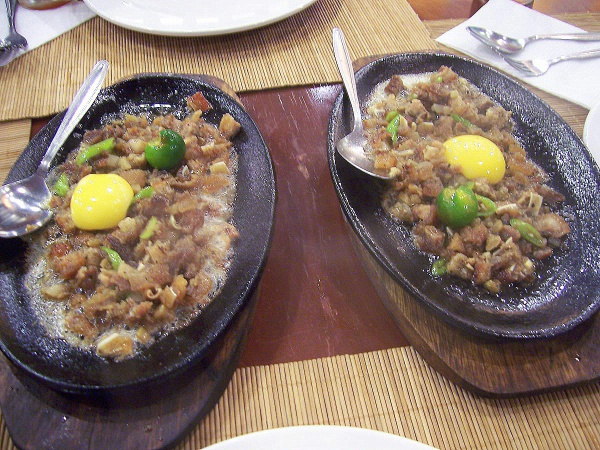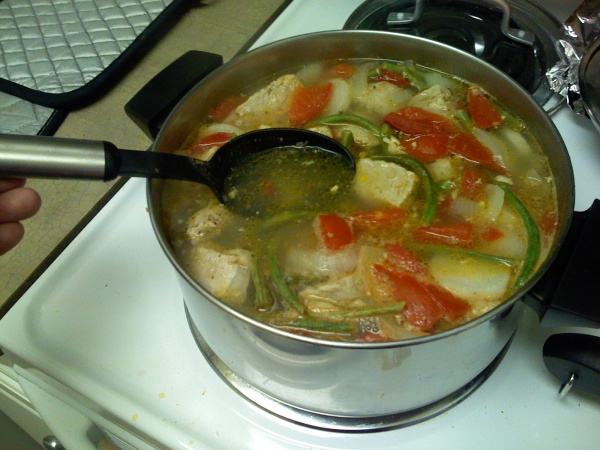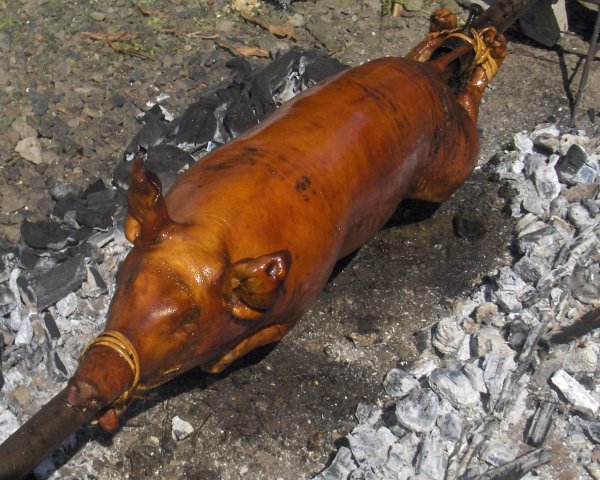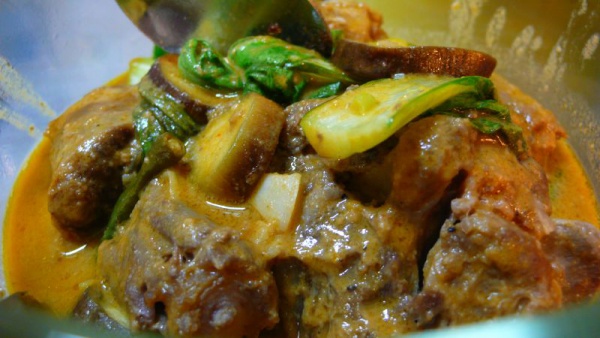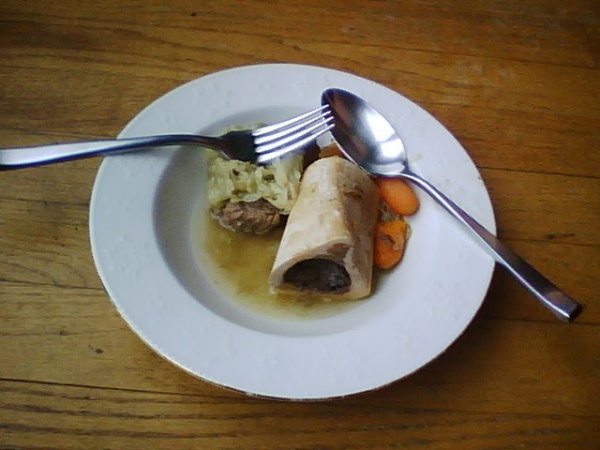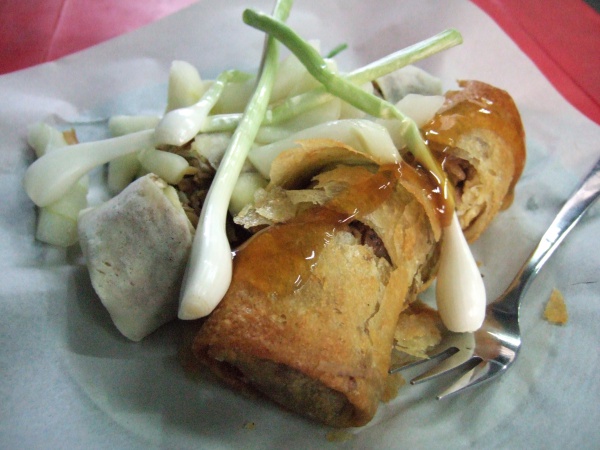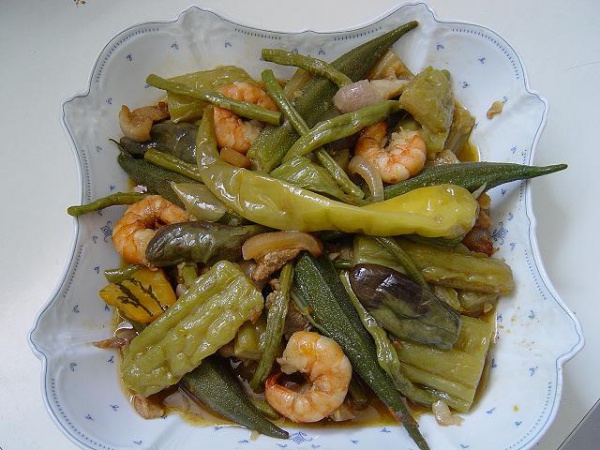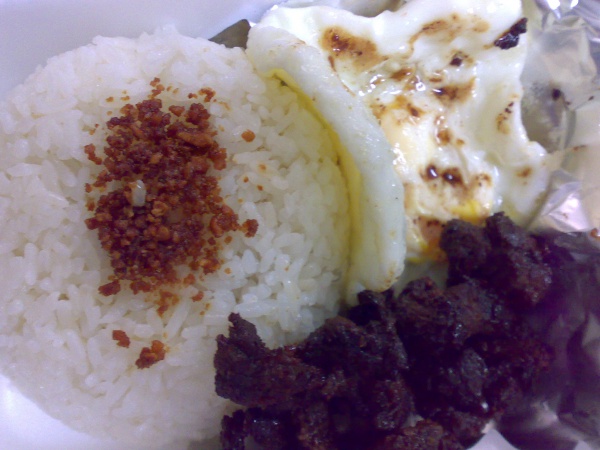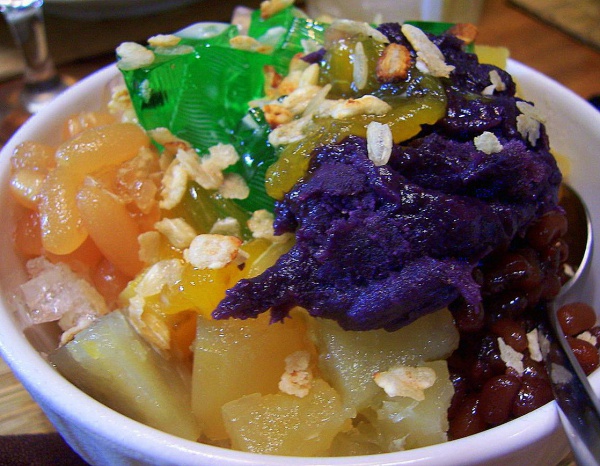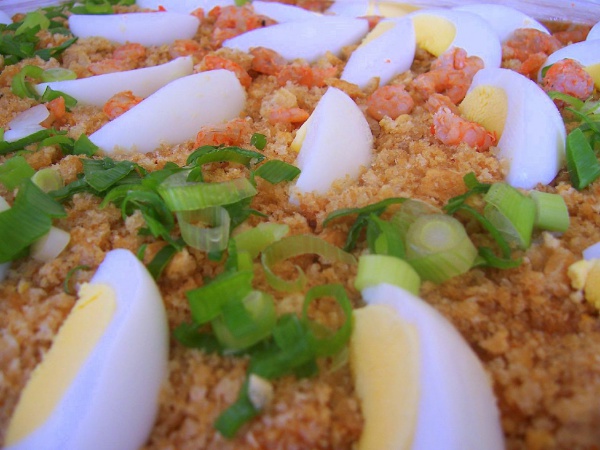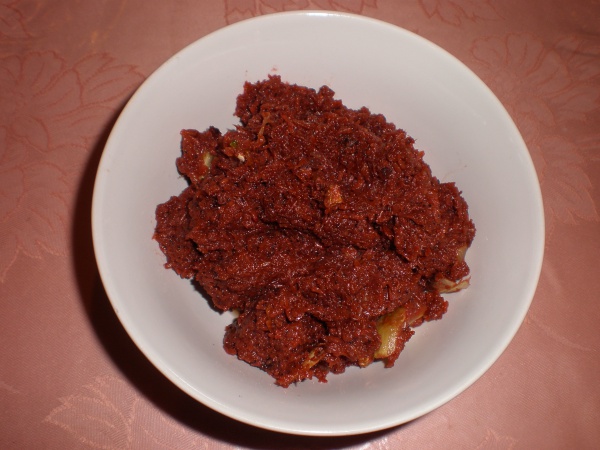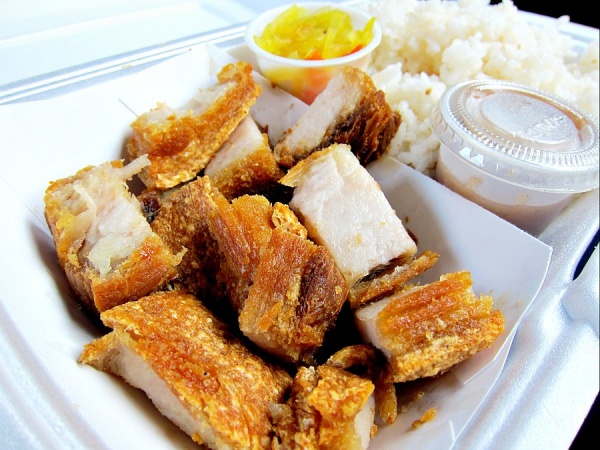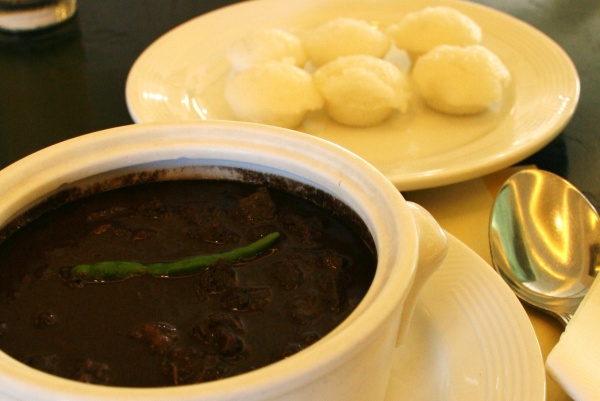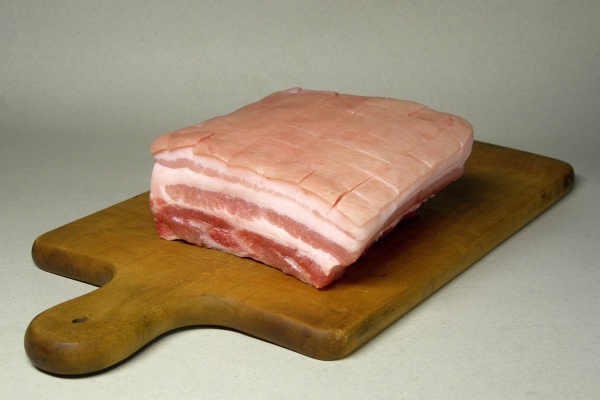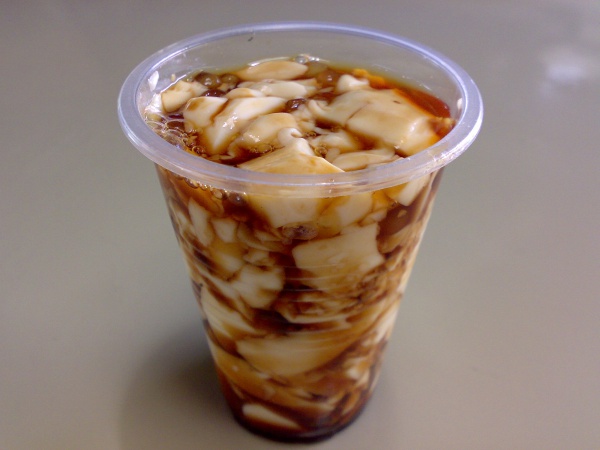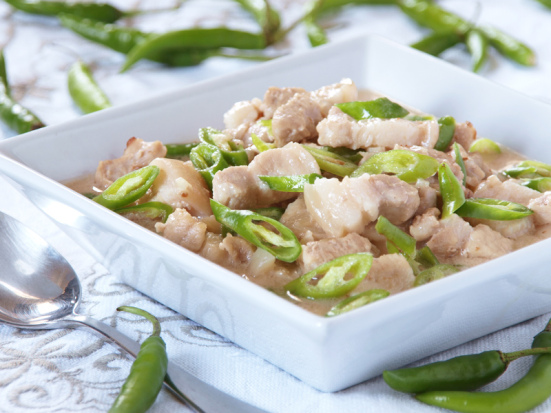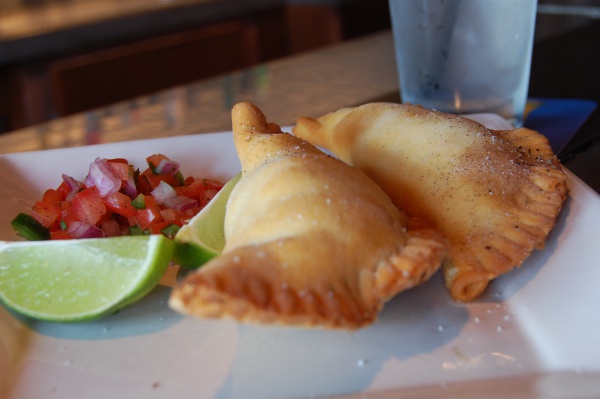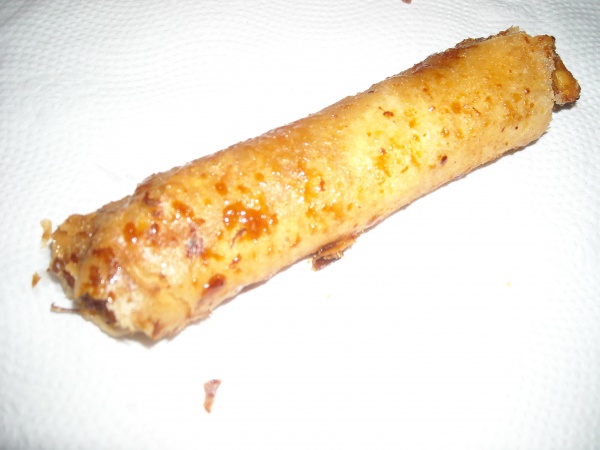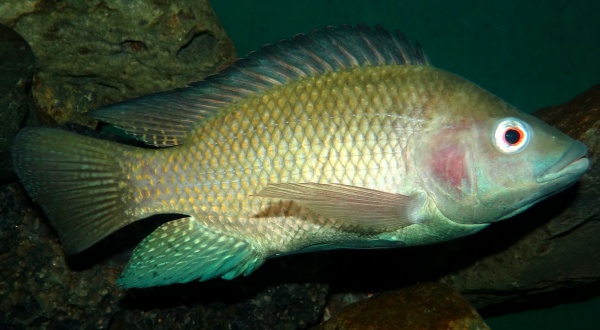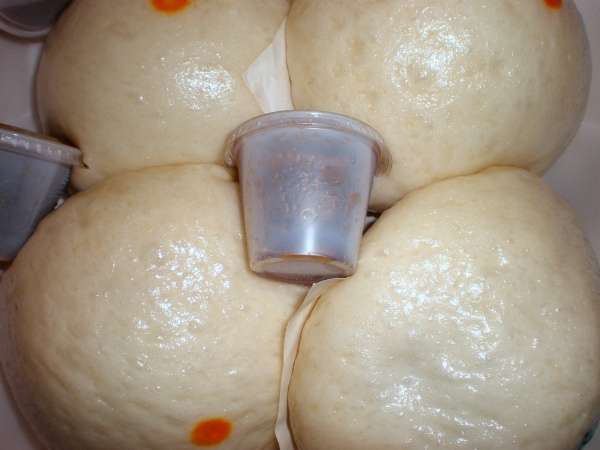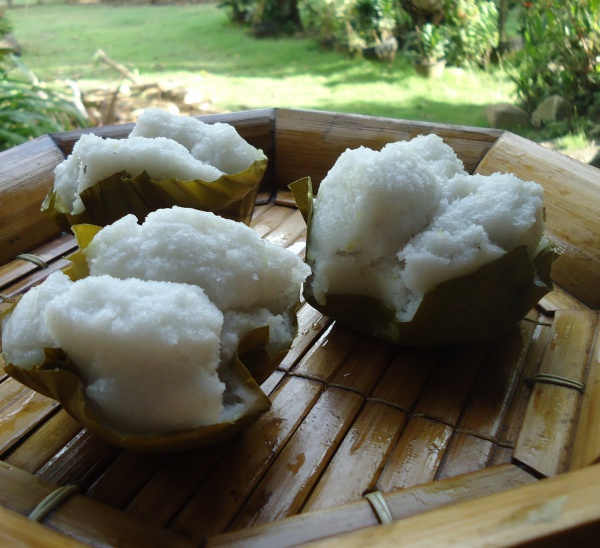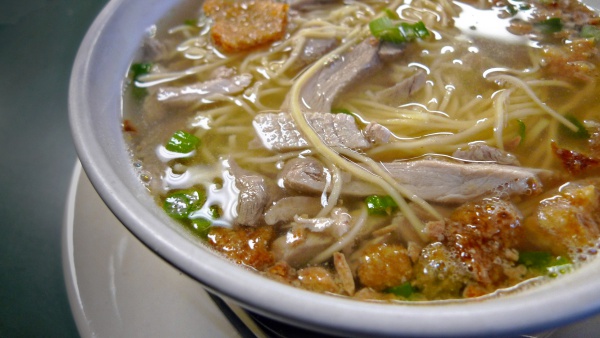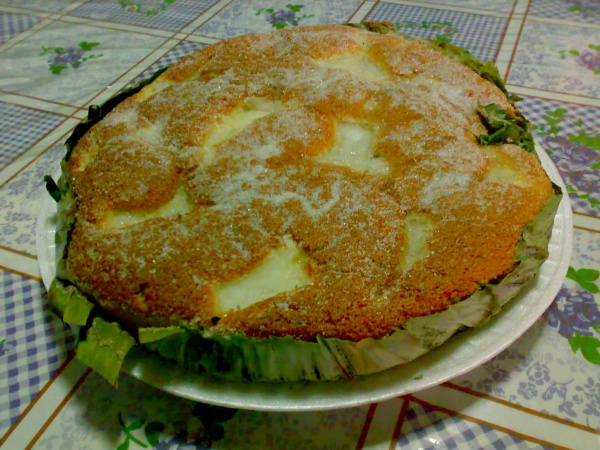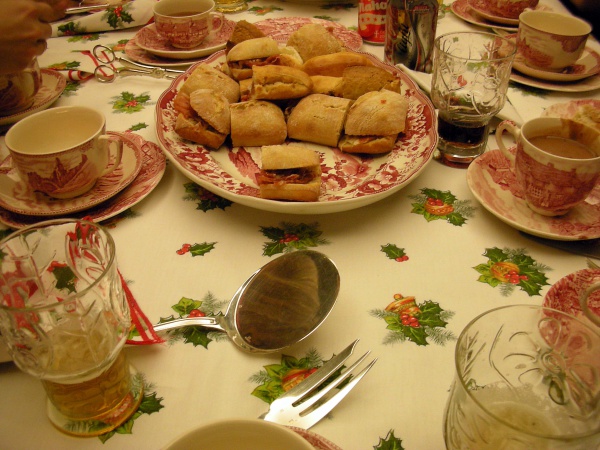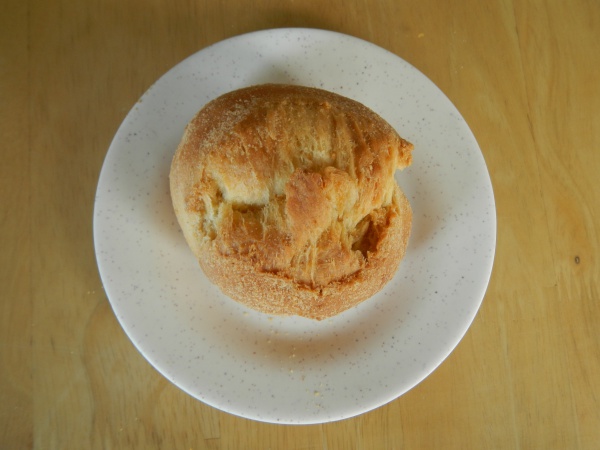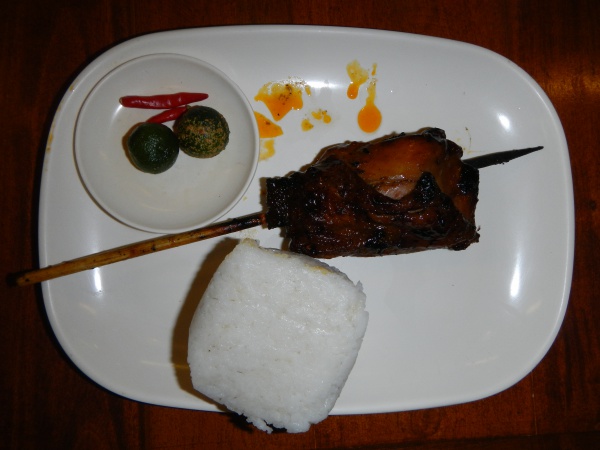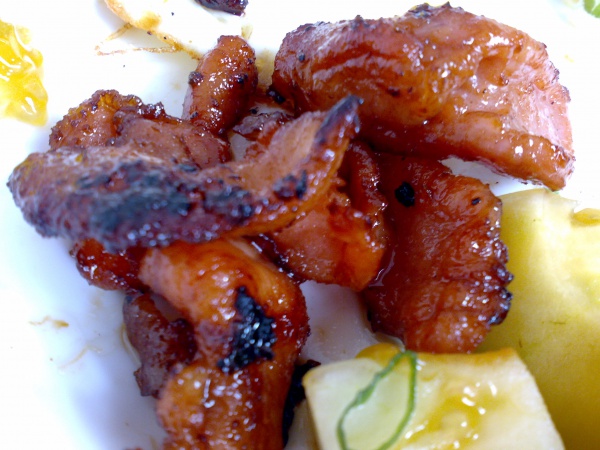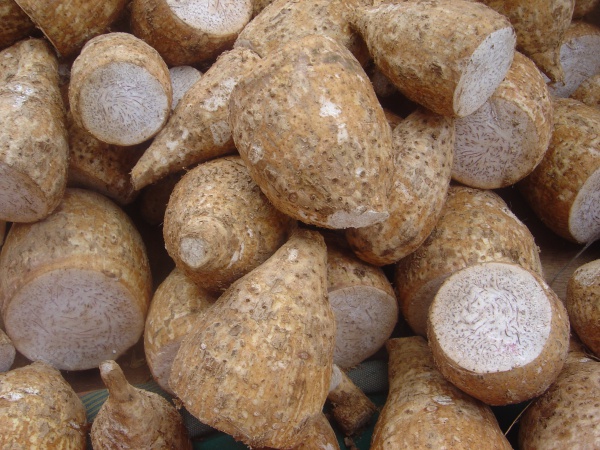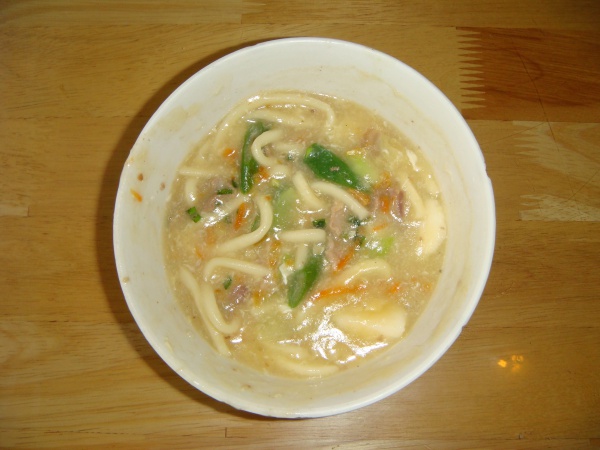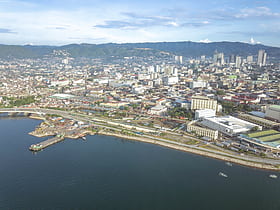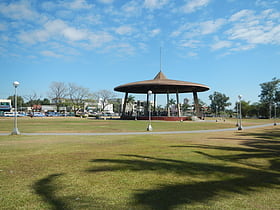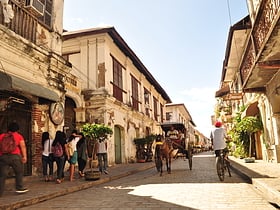
Food in the Philippines
Taste of the Philippines – Top Must-Try Dishes for Food Lovers
The Philippines, an archipelago of over 7,000 islands, is not only a treasure trove of pristine beaches and vibrant culture but also a melting pot of culinary delights. The Filipino cuisine, shaped by a history of Eastern and Western influences, offers an array of flavors that are both unique and familiar. For the average tourist, delving into the local food scene is a journey through the country's heritage, with each dish telling its own story. From the hearty adobo to the festive lechon, this guide will introduce you to the must-try delicacies that define the culinary landscape of the Philippines.
Filipino Dishes
Adobo
Adobo is a quintessential Filipino dish, with its name derived from the Spanish word for marinade. This savory stew is made by marinating chicken, pork, or sometimes both, in a mixture of soy sauce, vinegar, garlic, bay leaves, and black peppercorns, then simmering it until tender. The result is a tangy, slightly salty, and aromatic dish that's often served with steamed rice.
Sinigang
Sinigang is a sour soup that's a staple in Filipino cuisine. Its distinctive tang comes from tamarind, although other souring agents like green mango or calamansi (Filipino lime) may also be used. This hearty soup can include a variety of meats such as pork, beef, or shrimp, and is loaded with vegetables like water spinach, radishes, eggplants, and string beans.
Lechon
Lechon is a festive dish commonly served during special occasions. It involves roasting an entire pig over charcoal until its skin turns crispy. The meat is succulent and flavorful, often accompanied by a liver-based sauce or sometimes a vinegar garlic dip. Variations of lechon include "lechon kawali," crispy pan-fried pork belly, and "lechon paksiw," which is lechon meat stewed in liver sauce and vinegar.
Kare-Kare
Kare-Kare is a rich and hearty stew characterized by its thick savory peanut sauce. Traditionally made with oxtail, tripe, and pork hocks, it can also include a variety of vegetables like eggplant, Chinese cabbage, and string beans. It's customarily served with a side of shrimp paste (bagoong) to enhance its flavors.
Sisig
Sisig is a popular Filipino dish made from parts of pig head and liver, usually seasoned with calamansi and chili peppers. Originally from Pampanga, it's a sizzling plate of chopped meat, onions, and sometimes topped with a raw egg. It's a favorite "pulutan" or beer accompaniment and has also found its way into mainstream dining as a rice topping.
Bulalo
Bulalo is a comforting beef marrow stew originating from the Southern Luzon region of the Philippines. This soup is made by slow-cooking beef shanks and marrow bones until the collagen and fat have melted into the clear broth, creating a rich and flavorful soup. It's often flavored with onions, peppercorns, and vegetables like corn on the cob, cabbage, and green beans.
Pancit
Pancit is a term for noodles in Filipino cuisine, and there are many variations across the country. Pancit Canton, Pancit Malabon, and Pancit Palabok are just a few examples, each with distinct ingredients and preparation methods. Noodles symbolize long life and are a must-have at birthday celebrations.
Filipino Desserts
Halo-Halo
Halo-Halo, which means "mix-mix," is a colorful and refreshing dessert. It's a delightful concoction of crushed ice, evaporated milk, and various ingredients like sweetened beans, coconut strips, sago (tapioca pearls), gulaman (agar jelly), and ripe fruits. It's often topped with purple yam (ube) ice cream and leche flan, a caramel custard.
Bibingka
Bibingka is a warm rice cake that's especially popular during the Christmas season. It's made with glutinous rice flour, coconut milk, and eggs, and traditionally cooked in clay pots lined with banana leaves. Bibingka vendors outside of churches are a common sight during the holiday dawn masses known as Simbang Gabi.
Puto
Puto is a steamed rice cake that's a common snack or side dish, particularly paired with savory dishes like dinuguan (pork blood stew). These fluffy, muffin-like cakes come in various flavors and colors, with cheese, salted egg, or butter as typical toppings.
Leche Flan
Leche Flan is the Filipino version of crème caramel, a rich custard dessert with a layer of soft caramel on top. Made with egg yolks, milk, and sugar, it's a staple at fiestas and family gatherings. The smooth, creamy texture and sweet caramel flavor make it a beloved dessert across the nation.
Ube Halaya
Ube Halaya is a sweet jam made from purple yam, which is naturally vibrant in color and sweet in taste. The yam is boiled and grated, then mixed with condensed milk, coconut milk, and butter or margarine. It's commonly served during festivities and often used as a base flavor for cakes, pastries, and ice cream.
Kutsinta
Kutsinta is a type of kakanin (rice cake) that's chewy and jelly-like in texture, often eaten as a snack or dessert. It's made from rice flour, brown sugar, and lye, giving it a distinct texture and a slightly molasses-like flavor. It's typically topped with grated coconut before serving.
